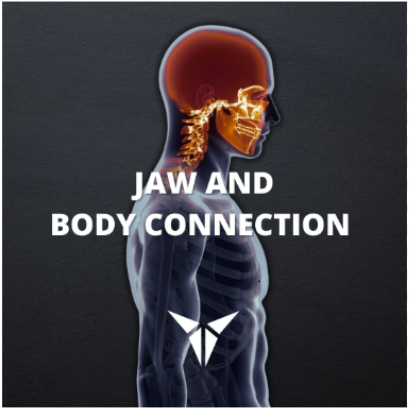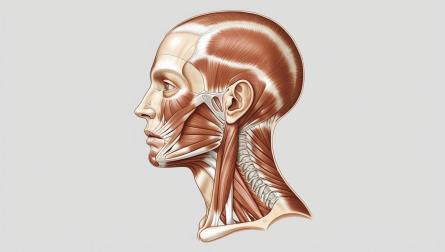What you should know…

Welcome to Arizona Sleep and Breathing, where we provide dental care for all ages that prioritizes your overall health. Our approach is driven by technology and a focus on teamwork, training, and continuing education. We utilize advanced tools and technologies to offer the highest standard of dental care available.
CBCT (Cone beam CT) or dental radiographs are usually NOT part of the initial consultation visit.
The initial consultation helps patients understand the next steps in their care and equips them to proactively manage bruxism in a holistic manner.
What is TMJ and how does it work?
The temporomandibular joints (TMJs) work with muscles, nerves, joints, and tendons to enable jaw movement in multiple directions.
Misalignment or dysfunction of these components—muscles, ligaments, disk, jawbone, and temporal bone—can lead to TMJ dysfunction and pain.
TMJ disorders can be both medical as well as dental problems!
When these symptoms become too severe to ignore, consulting and seeking care from a dentist with knowledge of treating misalignments by creating neuromuscular balance will be optimum. Dr. Merchant is trained in treating such misalignments with great success.

How is the rest of the body affected with TMJ misalignment?
1. Posture
Jaw misalignment makes neck and upper back muscles work harder to keep the head upright. Forward head position, common with poor posture, changes head and neck alignment, affecting jaw and TMJ function. It's important to create balance in the skeletal system to avoid clicking jaw, face pain and other issues.
2. Hearing and ear pain
The muscles and nerves that control the TMJ are close to those that control the ear, allowing pain or inflammation in the jaw to be felt in the ear. The muscles that regulate the Eustachian tube, which equalizes ear pressure, are influenced by the same nerve that controls the jaw muscles, meaning TMJ issues can affect ear pressure. People with TMD often report ear pain, fullness, ringing in the ears (tinnitus), and sometimes even a muffled hearing sensation.
3. Balance
TMJ disorders can affect Vestibular Systems responsible for balance and spatial orientation. When it is disrupted, it can lead to feelings of nausea similar to the one when you get motion sickness.
4. Facial pain
Facial pain is a common symptom of TMJ disorders. The trigeminal nerve, which supplies sensation to the face, also innervates the temporomandibular joint, allowing pain signals from the jaw to be perceived as facial pain. TMD often involves muscle tension in the jaw muscles which can radiate pain to the face.
5. Fatigue and Tiredness
The muscles around the jaw can become chronically tense in people with TMD, leading to pain and fatigue that can radiate to other parts of the body like the neck and shoulders. Grinding teeth (bruxism), a common symptom of TMD, can disrupt sleep quality, causing people to wake up feeling tired even after a full night's sleep. The constant pain associated with TMD can directly contribute to feelings of fatigue and exhaustion.
6. Sleep
TMJ disorders can cause pain in the jaw joints and muscles that move the jaw, which can make it hard to sleep and affect breathing. Sleep apnea can also negatively impact sleep quality, which can increase the likelihood of jaw pain. The two conditions can also contribute to each other's severity.